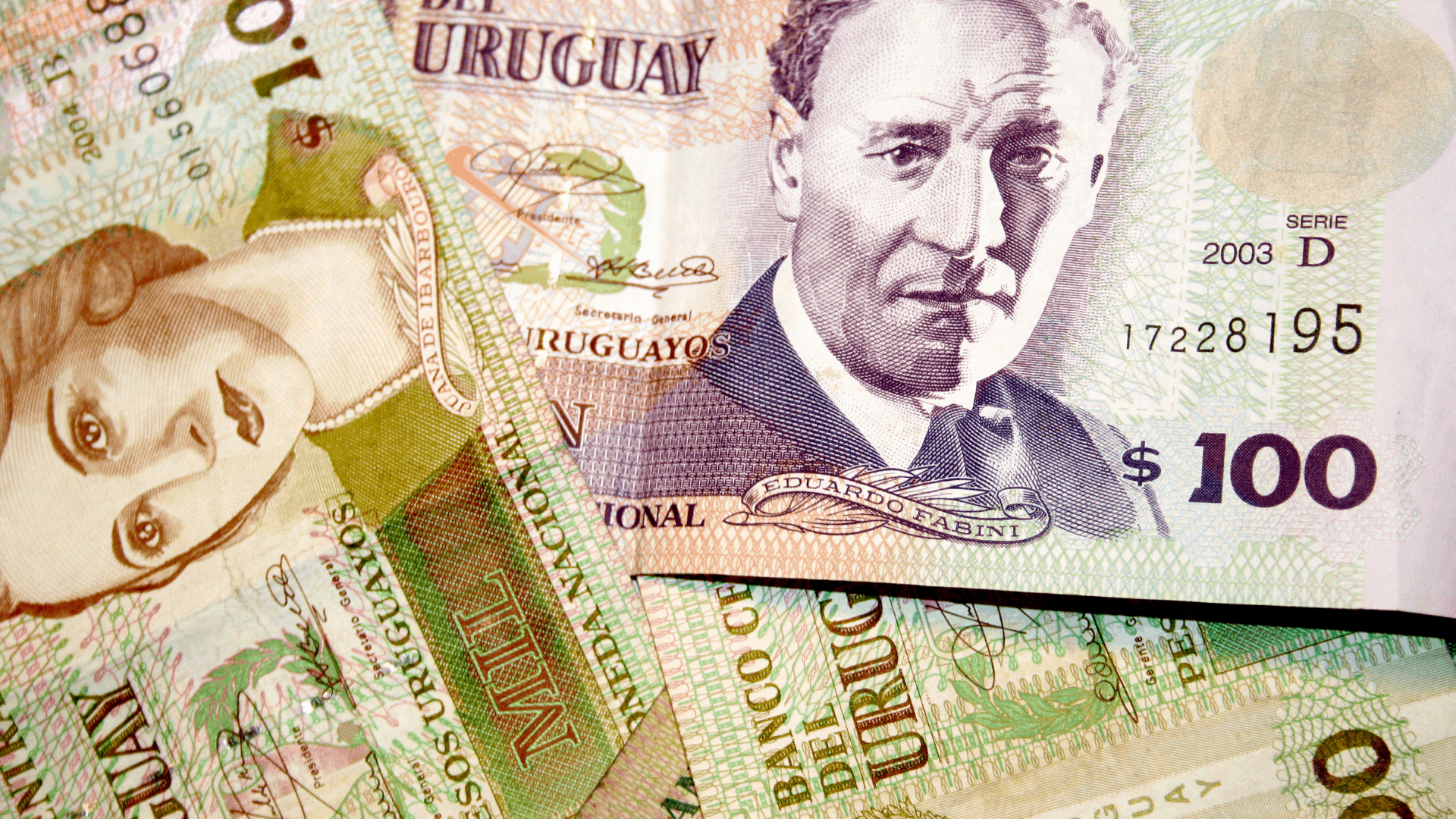The dollar in Uruguay does not find a floor, and this Wednesday closed at US$39.161 in the wholesale market, in its fourth consecutive day of decline.
The daily fall was 0.31%, while this year, the dollar in Uruguay has fallen 12.38% against the peso, according to data from the Uruguayan Electronic Stock Exchange (Bolsa Electrónica de Valores del Uruguay).
After this latest downward streak, the dollar is threatening to enter the US$38 range and is close to its lowest nominal value of the year, when it closed at $39.074 on June 28.
The dollar value, which does not recover and positions the Uruguayan peso as the best-performing currency in Latin America during 2022, once again generated criticism from Uruguayan business people, who point out the loss of competitiveness due to the exchange rate.
In response, the Central Bank of Uruguay assures that the currency follows market fundamentals.

EXCHANGE RATE DELAY?
The Rural Federation, which gathers producers from different agricultural sectors, stated this week in a communiqué its “deep concern” about the exchange rate level in Uruguay and “its consequences” on the exporting sectors.
“The inflation in dollars that has been generated for some time, at times overcome thanks to the good international prices we had, is causing negative consequences in the companies of the sector that will surely determine job losses, lower investment, and consequently will affect the economic growth of the country”, added the Rural Federation.
The organization acknowledged the government’s concern for controlling inflation but pointed out as “difficult to understand” the current level of the dollar, which affects competitiveness with the region and other areas.
While the dollar fell by more than 12% during the year, the agricultural sector points out the so-called “inflation in dollars” as the sum of the advance of the peso and local inflation, which in the 12 months ended October was 9.05%.
The Confederation of Business Chambers, which brings together unions from different sectors, is also following the issue.
As reported this Thursday by the weekly Búsqueda, a preliminary document to be presented in December points out “concern for the process of incipient exchange rate backwardness,” which produces “strong sectorial asymmetries”.
For most of the year, the Uruguayan peso has followed the strengthening trend of the Brazilian real, the leading regional exchange market.
In addition, the exchange rate was influenced by an increased inflow of foreign currency from record exports of goods, which the government estimates will exceed US$14.5 billion this year.
BCU president Diego Labat was asked during a press conference about the dollar level this Tuesday.
“Uruguay has a free-floating system, and today the exchange rate responds to market supply and demand,” said the head of the regulator.
Cross-examined whether the BCU was analyzing any intervention in the market, Labat emphasized that Uruguay manages a free-floating system.
“I think there is no doubt that free-floating is the best system that Uruguay can have and that any small country with an open economy can have,” he said afterward.

